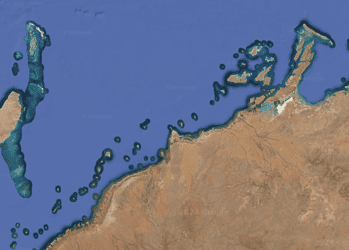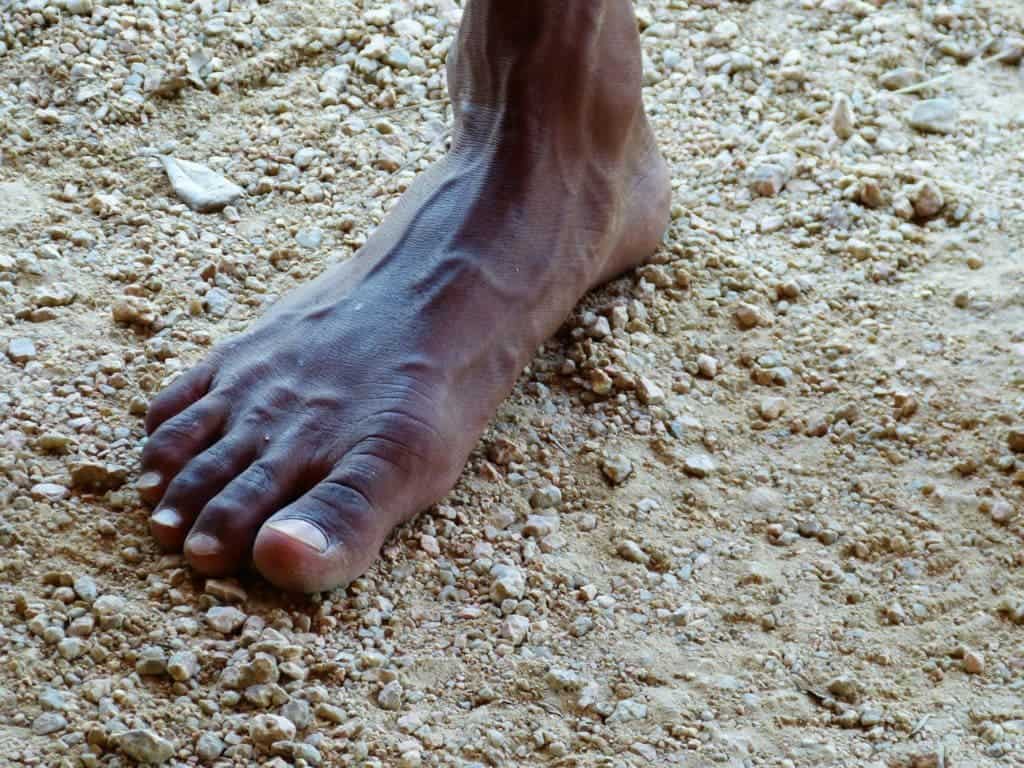
Right in the middle of Australia’s arid southern interior, scientists have come across a striking find: a 50,000-year-old settlement. The rock shelter dubbed Warratyi was occupied for at least 40,000 years and shows that the Aboriginal ancestors were far more culturally apt and skilled than we thought. The finding also puts human colonization of Australia under a different light.
The site located in the Flinders Ranges is crossed with deep gorges where water used to flow, which likely made it a very appealing spot to start a settlement. Make no mistake, though, this was still the middle of nowhere. Then and now, in this region food is very scarce, as is firewood, shelter, and other basic necessities.
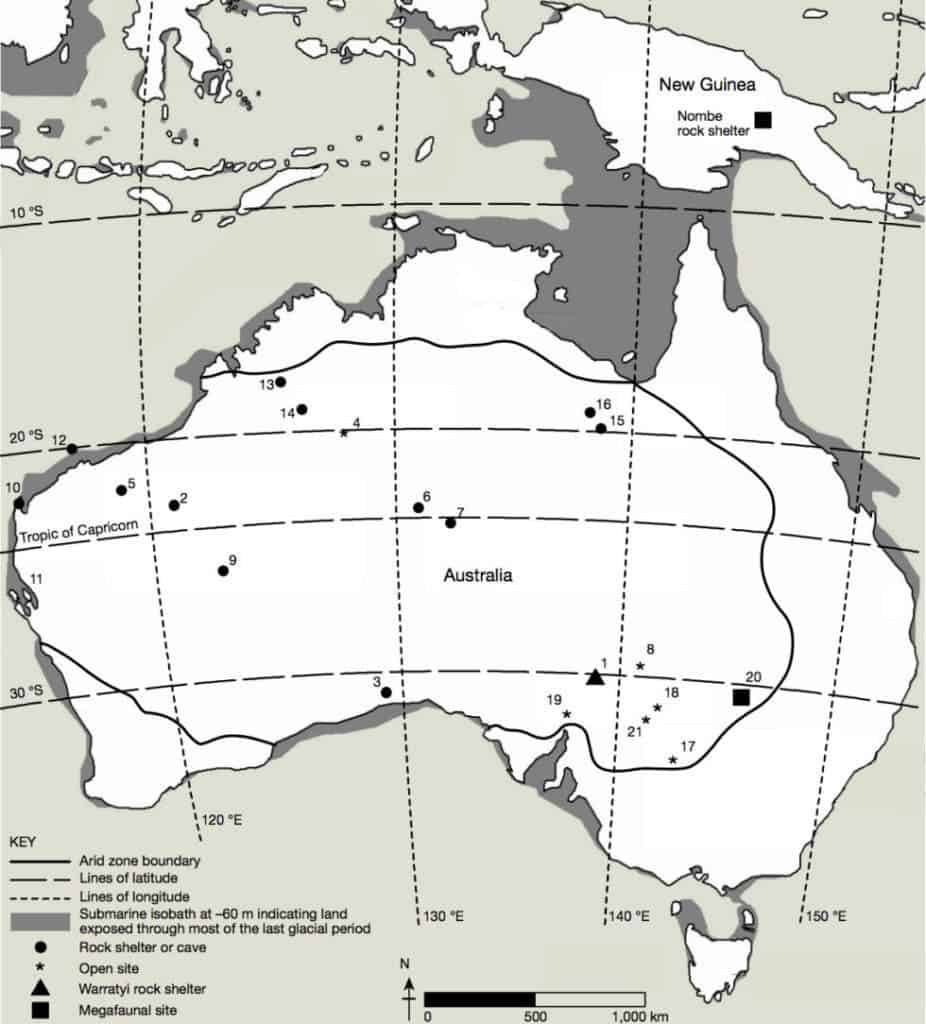
The Australian researchers who have excavated the site since last year found all sorts of artifacts, tools, and animal remains trapped inside the layers of earth. Among the findings were hearth charcoal and eggshells onto which the researchers performed radiocarbon dating. The carbon dating revealed these items were 50,000 years old. Another dating technique called optically simulated luminescence (OSL), which can determine when quartz grains last saw sunlight and heat, confirmed the initial dating, comfortably making Warratyi the oldest human settlement in Australia’s arid interior.
Previously, anthropologists used to think that Aboriginal ancestors were kept away from the continent’s interior because they didn’t have the means to survive there. Warratyi blows this sort of thinking out of the water because the evidence encountered here suggests its ancient inhabitants were skilled and apt explorers.
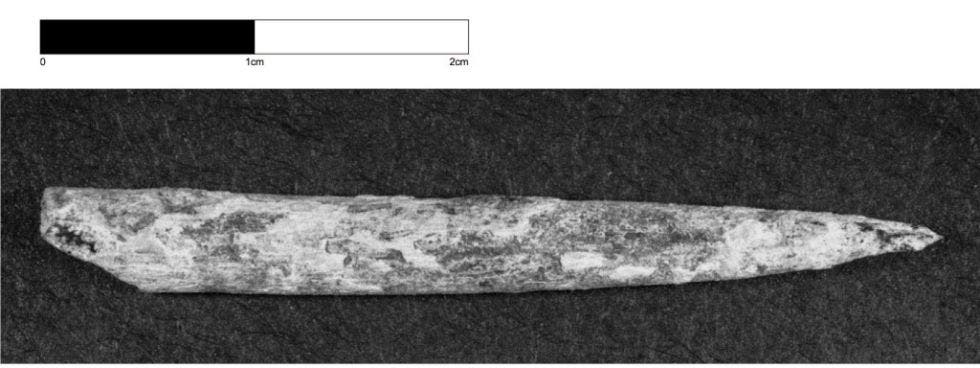
Among the items found in the cave was a wide range of tools from handheld blades to bone awls, but also two types of pigments used for art and other cultural purposes. Buried at Warratyi were also thousands of animal bones and eggshells suggesting its inhabitants were skilled hunter-gatherers.
So far, the remains of 17 different animal species were found in the cave, including two extinct megafauna species. Diprotodon optatum was the largest known marsupial that ever lived and basically looked like a wombat the size of a rhino. The other megafauna species found at Warratyi was Gonidomus newtoni, the last of the large, flightless mihirungs (‘thunder birds’) endemic to Australia.
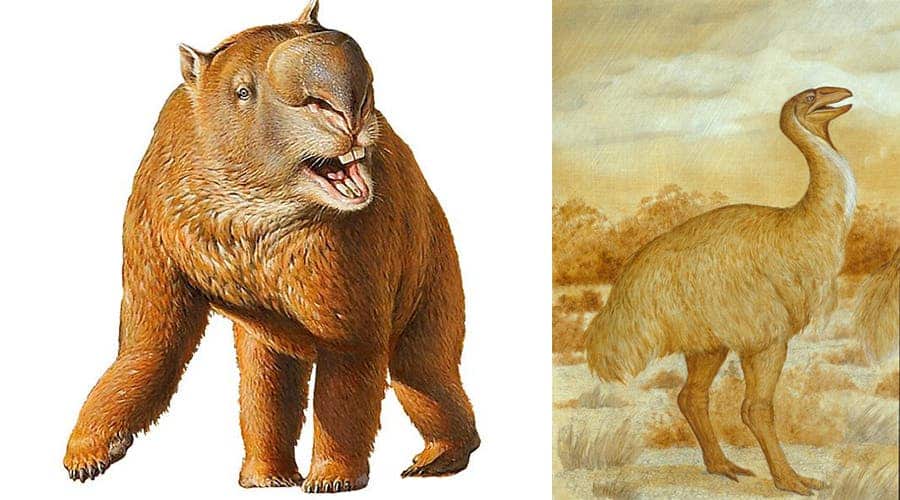
It was never clear how G. optatum and G. newtoni went extinct. Now, it seems that humans definitely contributed to their demise, and it seems likely that we interacted (i.e. ate) with megafauna in Australia far earlier than previously believed.
Yet, perhaps the biggest implication of the Warratyi cave is that it shows the humans who first colonized Australia dispersed to the continent’s interior thousands of years earlier than thought.
“The location of Warratyi could imply a more direct north–south route for pioneering human settlers rather than an exclusive coastal route,” the researchers wrote in their paper published in Nature.
“Important technological innovations and early symbolic behavior reveal that a dynamic, adaptive Aboriginal culture existed in arid Australia within only a few millennia of settlement on the continent,” they added.



